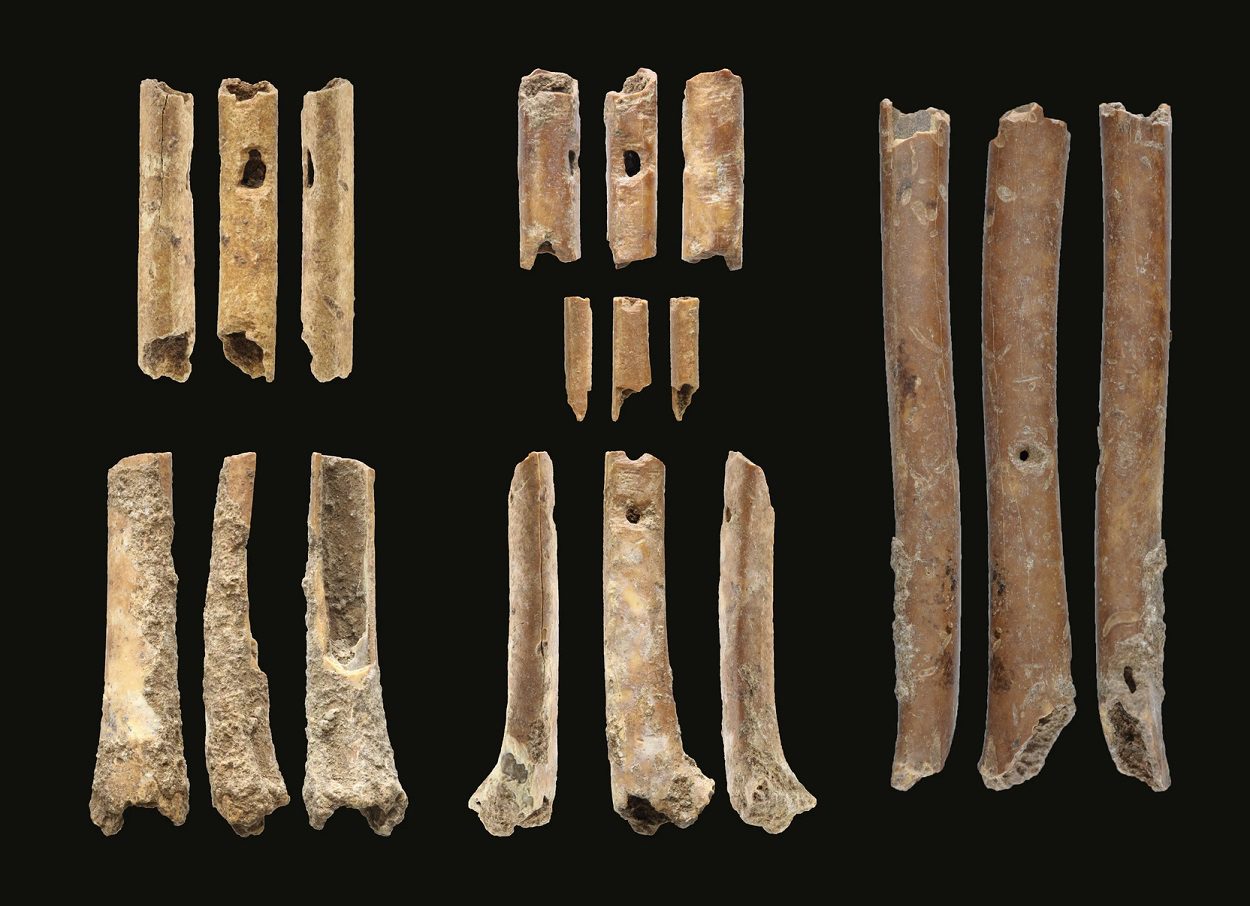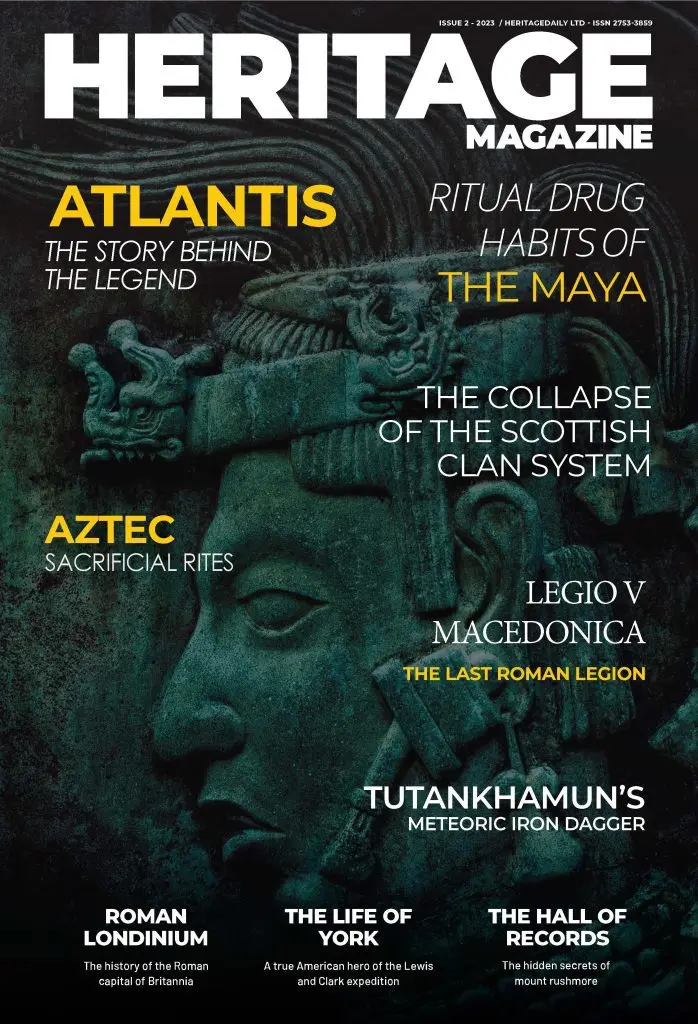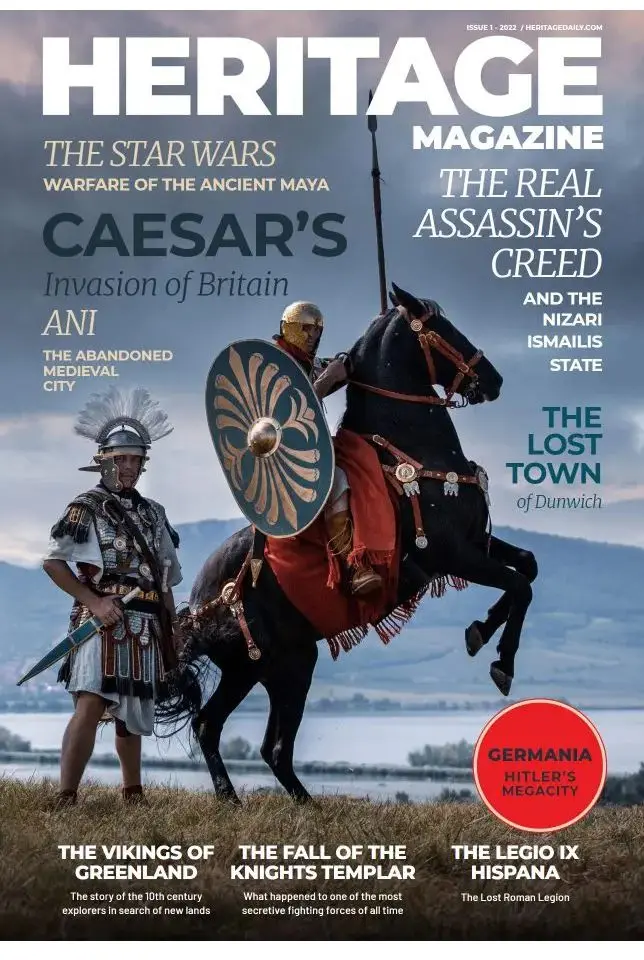Bone flutes discovered at Eynan-Mallaha in Israel may have been used to imitate the call of raptors.
Eynan-Mallaha was an Epipalaeolithic settlement belonging to the Natufian culture, built and settled around 10,000–8,000 BC. The settlement is an example of hunter-gatherer sedentism, a crucial step in the transition from foraging to farming.
Excavations at Eynan-Mallaha have yielded over 1112 bird bones, including seven aerophones made from the wing long-bones (one humerus, five ulnae, one radius), whose diaphysis have been perforated one to four times to form finger-holes.
According to a study published in the journal scientific reports, the flutes were manufactured more than 12,000 years ago to produce a range of sounds similar to raptor calls, for communication, attracting hunting prey, and music-making.
Although subsequent archaeological cultures have documented aerophones, the presence of artificial bird sounds in a Palaeolithic context has not been reported until now.
According to the study: “In the three cases where the epiphysis is still present, it has also been perforated to form the mouthpiece or the distal end of the object. To these finger-holes are added markings on three bones, either notches or a series of small parallel incisions located near the finger-holes which are potentially linked to the placements of the fingers on the instrument.”
The aerophones are mainly carved from the Eurasian teal (Anas crecca) and the Eurasian coot (Fulica atra). Based on a study of the frequency the aerophones produce, the researchers believe that they were made to reproduce the calls of the valued Common kestrel and the Sparrowhawk.
The study concludes: “It is now clear that the evolution of music at the transition to agriculture, which articulated the intensification of socio-cultural complexity, was more branched than we supposed before. Thus, the exploration of Natufian acoustics gives a new perspective on this crucial period in human history.”
Israel Antiquities Authority (IAA)
https://doi.org/10.1038/s41598-023-35700-9
Header Image Credit : Laurent Davin







